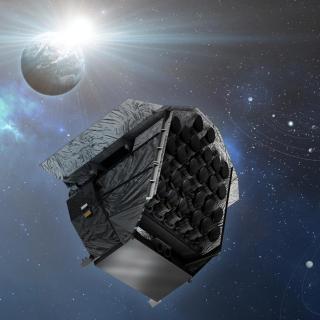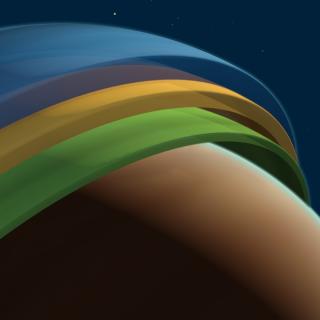It may interest you
-
 The PLATO (PLAnetary Transits and Oscillations of Stars) space mission, led by the European Space Agency (ESA), has recently completed one of the most delicate phases of its development: the integration of its main components, the 26 scientific cameras and the service module that houses all the instrument's acquisition, processing, and control electronics. This stage, carried out at the facilities of the aerospace company OHB in Germany, marks a fundamental step toward the launch scheduled for December 2026 from French Guiana aboard an Ariane 6 rocket. “Almost eight years after ESA gave theAdvertised on
The PLATO (PLAnetary Transits and Oscillations of Stars) space mission, led by the European Space Agency (ESA), has recently completed one of the most delicate phases of its development: the integration of its main components, the 26 scientific cameras and the service module that houses all the instrument's acquisition, processing, and control electronics. This stage, carried out at the facilities of the aerospace company OHB in Germany, marks a fundamental step toward the launch scheduled for December 2026 from French Guiana aboard an Ariane 6 rocket. “Almost eight years after ESA gave theAdvertised on -
 An international team, in which the Instituto de Astrofísica de Canarias participates, has succeeded in mapping for the first time the three-dimensional structure of the atmosphere of an exoplanet, that is a planet beyond the Solar System. This research, published today in Nature , has been able to discover very strong winds that carry chemical elements such as iron and titanium, which create certain weather patterns through the planet's atmosphere. This mapping opens the door to more comprehensive and detailed studies of the chemical composition and climate of other planets. Enric PalléAdvertised on
An international team, in which the Instituto de Astrofísica de Canarias participates, has succeeded in mapping for the first time the three-dimensional structure of the atmosphere of an exoplanet, that is a planet beyond the Solar System. This research, published today in Nature , has been able to discover very strong winds that carry chemical elements such as iron and titanium, which create certain weather patterns through the planet's atmosphere. This mapping opens the door to more comprehensive and detailed studies of the chemical composition and climate of other planets. Enric PalléAdvertised on -
 La Fundación” la Caixa” prosigue con su compromiso con el fomento de la investigación en España a través de sus distintas convocatorias de becas. Recientemente, ha concedido 100 becas de doctorado y posdoctorado para que investigadores de excelencia desarrollen sus proyectos en universidades y centros de España y Portugal. En este sentido, refuerza los lazos con el Instituto de Astrofísica de Canarias (IAC) que ha recibido a dos de las cien personas becadas en estas modalidades. A través de los programas INPhINIT, dirigido a personal doctorando, y Junior Leader, enfocado en la etapaAdvertised on
La Fundación” la Caixa” prosigue con su compromiso con el fomento de la investigación en España a través de sus distintas convocatorias de becas. Recientemente, ha concedido 100 becas de doctorado y posdoctorado para que investigadores de excelencia desarrollen sus proyectos en universidades y centros de España y Portugal. En este sentido, refuerza los lazos con el Instituto de Astrofísica de Canarias (IAC) que ha recibido a dos de las cien personas becadas en estas modalidades. A través de los programas INPhINIT, dirigido a personal doctorando, y Junior Leader, enfocado en la etapaAdvertised on
